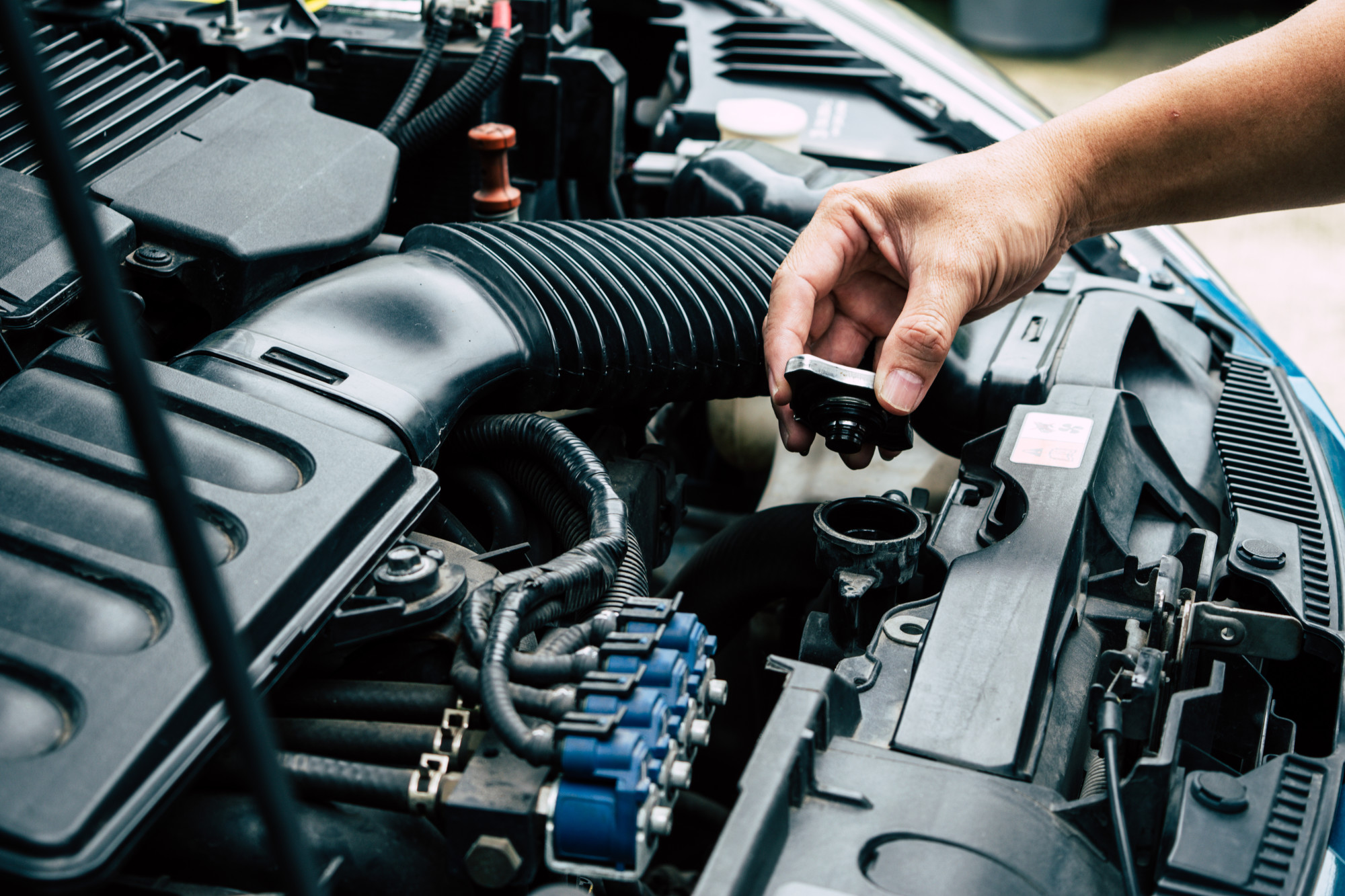Car owners’ struggle with radiators began with the first commercial vehicles. Karl Benz installed a water radiator in his 1885 Patent-Motorwagen.
Modern vehicles endure much more wear and tear than Benz’s game-changing motorcar. All that stress leaves car owners in a constant battle with radiator problems. Without a functional radiator, your car will overheat.
Once the car passes 220* F, the engine loses power. You risk damage to the cylinders, rod bearings, and pistons. The aluminum head gaskets will swell and drown the cylinders in coolant.
Protect your car by taking care of radiator problems as soon as possible. Grab your toolbox and let’s get started.
1. Too Much Gunk Inside the Radiator
Water contains elements like salt and calcium. When these elements heat up, they settle in your car’s radiator. The debris creates clogs in the radiator, stopping the coolant.
Another common radiator problem is rust. Whenever water, oxygen, and metal meet, there’s bound to be rust. It flakes off in the radiator, adding to the sludge clogging the lines.
Keep your radiator gunk-free by flushing it every 20,000 miles. You can use a chemical cleaner or backflush the radiator. If it’s clogged, you might need a replacement.
2. Coolant Puddles Under the Engine
It’s the first hot day of the year and you find a puddle under the car. Before you waste time car radiator troubleshooting, check the hoses.
Cooling system hoses are under constant stress from temperature changes and pressure. This gives them an average lifespan of 5 years. Car owners who maintain their engines well might get 2 more years from the hoses.
Make sure you check the entire hose when looking for the leak source. Hose clamps rattle loose after driving for miles. All you need to tighten the clamp is a screwdriver or wrench.
3. Collapsed Radiator Hose
The lower radiator hose contains a layer of metal inside. The spring-shaped layer helps the hose keep its shape despite heavy use.
A collapsed or pinched lower or upper radiator hose blocks off the coolant flow. Without constantly circulating coolant, the metals parts in the engine overheat.
Can a problem with the radiator affect air conditioning, as well? The coolant hoses pass by the air conditioner refrigerator to cool it off. They also power the radiator for the cabin’s heating system.
Hoses are one of the most important auto radiator components. Neglecting them can ruin your engine.
To keep the lower radiator hose intact, it’s important to limit corrosion in the system. Backflushing the radiator will keep the sediment and rust from building up.
Tip: Never use a lower radiator hose without reinforcement inside. The suction from the water pump will flatten a flimsy hose.
Radiator Problems Shouldn’t Slow You Down
The trick to preventing expensive radiator problems is paying attention to your car. Does it run hotter than normal? Is there a yellow-green spot under the engine?
At least twice a month, crawl under your car’s hood. Check the coolant level and top it off if necessary. While you’re there, look for any of these car radiator problems.
The sooner you fix any car problems, the better. If you need more insight into maintaining your car, we can help. Check out our DYI Auto Repair section.

